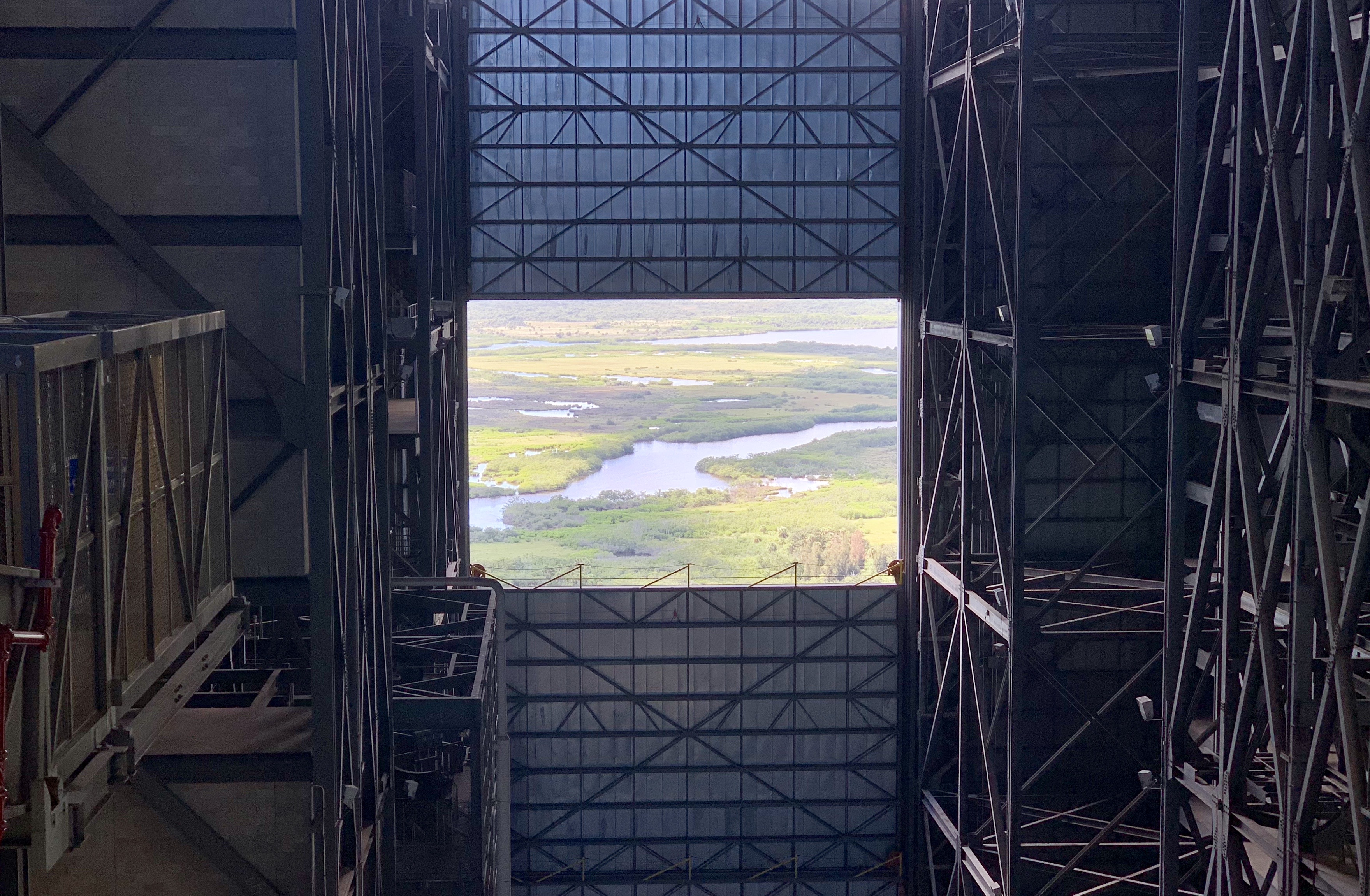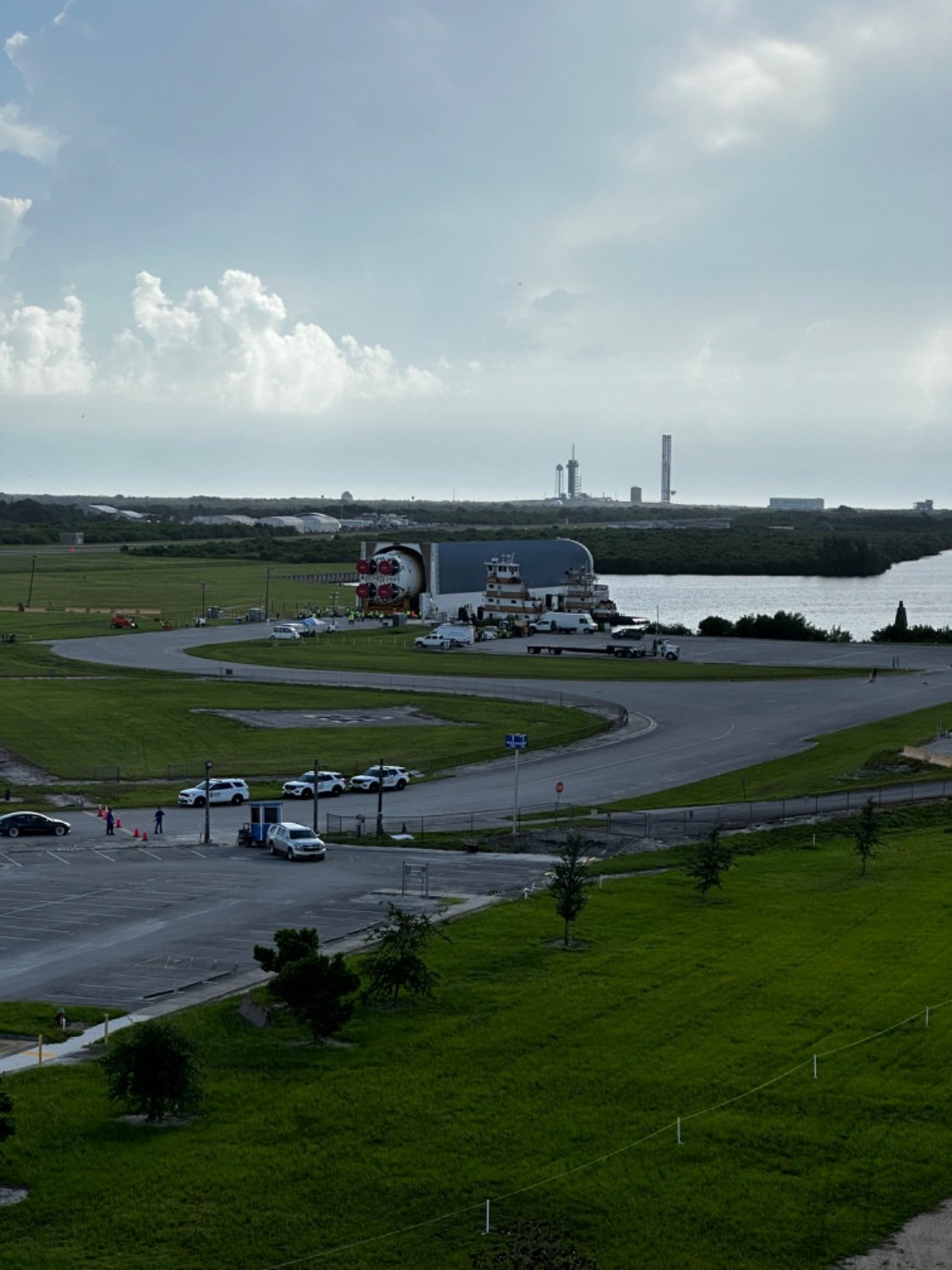

Nah. Folks are big mad because it’s exactly what we all expected when bezos bought the post. It didn’t immediately slide headlong into the void of bullshit pandering, so we developed a sense of false hope. Now it’s gone, we know it, we’re annoyed, and we’re mad about getting took.






I bet the fine just offsets the cost of the prosecution, it’s not gonna be some settlement, it’s just “time and costs of the lawyers on our side”. Agree that if it’s meant to be punitive, it’s pretty laughable.